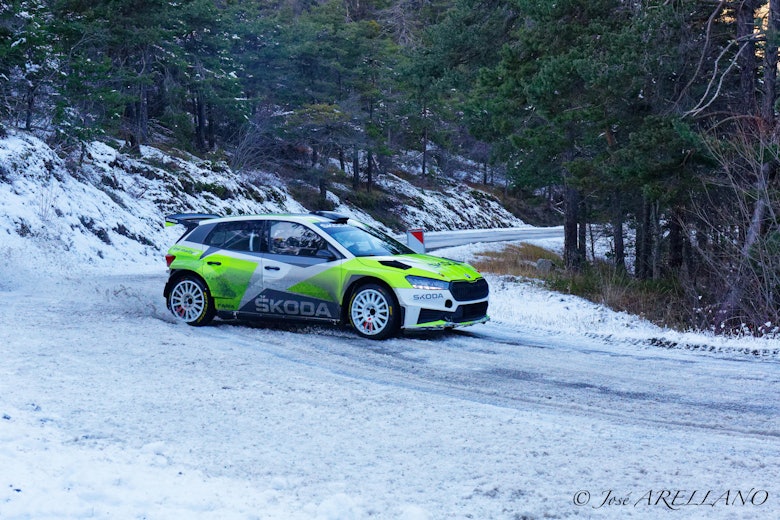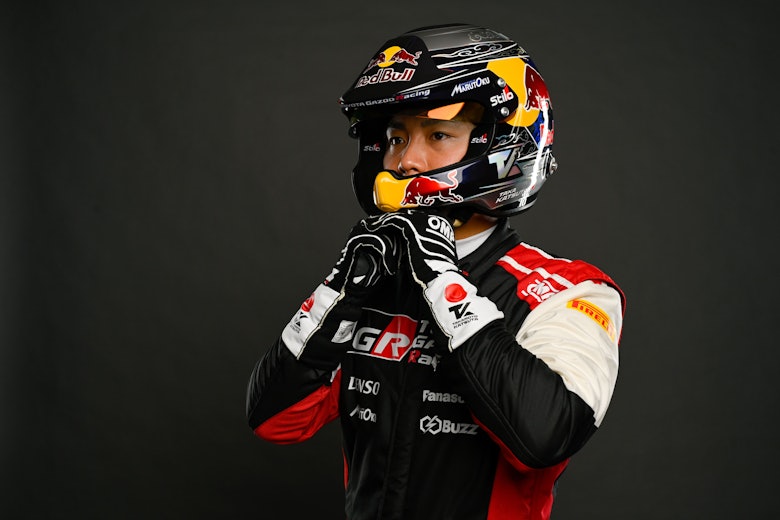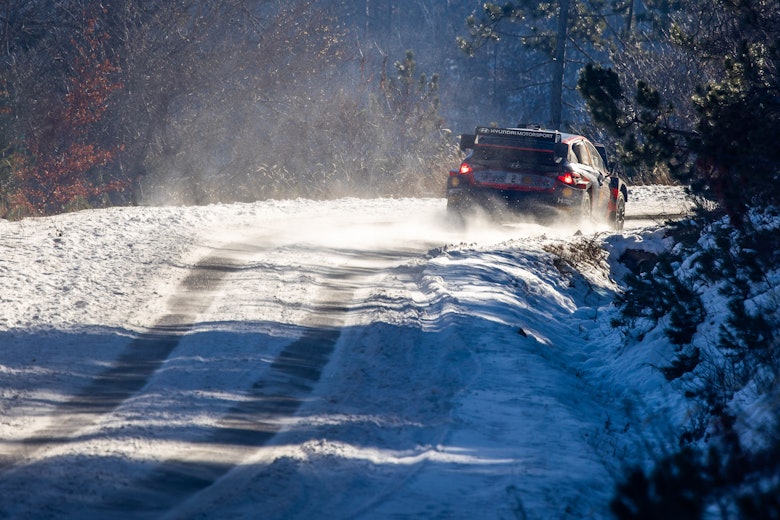Anybody noticed anything missing? Isn’t it around this time that the Alps come to life? And I’m not talking about skiing. I’m talking about the mountains’ most serious winter sport. I’m talking about Monte Carlo Rally testing.
Yes, there are a handful of private drivers out there: Škoda’s all-new Fabia RS Rally2 was seen hovering north and south of the snowline last week. But where are all the Rally1 cars? Why haven’t we seen Toyota, M-Sport Ford and Hyundai doing their thing in preparation for round one?

December’s usually the month where Monte-specific developments are given a run out in their natural habitat before everybody heads home for turkey with all the trimmings. January is about the fine-tuning, the detail. Or at least it was. Not anymore.
January is now, for the Rally1 manufacturers, all they get in terms of early running for what can be the year’s most challenging event to call.
Last year’s test schedule was, of course, skewed by the allocation of additional running time to allow the teams to become better acquainted with the inbound hybrid generation of cars.
In terms of event preparation, for 2022 the equation was simple: one day per driver per European round of the championship. For a three-car team this season, that meant 30 days.
For a three-car team in 2023, it’s a flat rate of 21 days. If you’re a two-car team, it’s 14 days.
And the teams can use those days wherever and with whoever they like.
If, for example, Toyota wanted to give its world champion Kalle Rovanperä the best possible prep for the mountains, they could slot the Finn into a 10-day test taking in the best and the worst of the weather and the most capricious of the conditions.
But that would leave them with only 11 days for Rovanperä, Elfyn Evans and the shared car of Sébastien Ogier and Takamoto Katsuta for the remaining 12 rounds.

Draconian to some it’s also a straightforward ruling which offers greater flexibility if a team has a specific issue in specific conditions. Continuing the Toyota theme, the GR Yaris Rally1 might have spent longer running in some of the rough, abrasive gravel conditions it struggled with last season.
Answering the initial question, there’s no December testing because Monte is next month and next month is next year and next year is when the new rules kick in.
What this won’t help with is the decision on how much time to give Monte Carlo. The juxtaposition is amazing. It’s the event which needs the most groundwork to test all four tyre options (winter, winter with stud and soft slick and super soft slick) in dry asphalt; wet asphalt; leafy intermediate wet-dry asphalt; ice; patchy ice; snow; slush; icy slush and, of course, ice under snow.

It’s little wonder why, a couple of decades ago, teams were moving Monte testing into November. And that turkey and trimming things was well and truly out of the window.
All this for a rally that offers the same reward as a more run of the mill (setup and conditions-wise) Finland or Estonia.
But still, this is Monte Carlo. A win here is well worth bragging about and will be very well worth the disproportionate level of testing it’s likely going to be given.
But not until next month.





